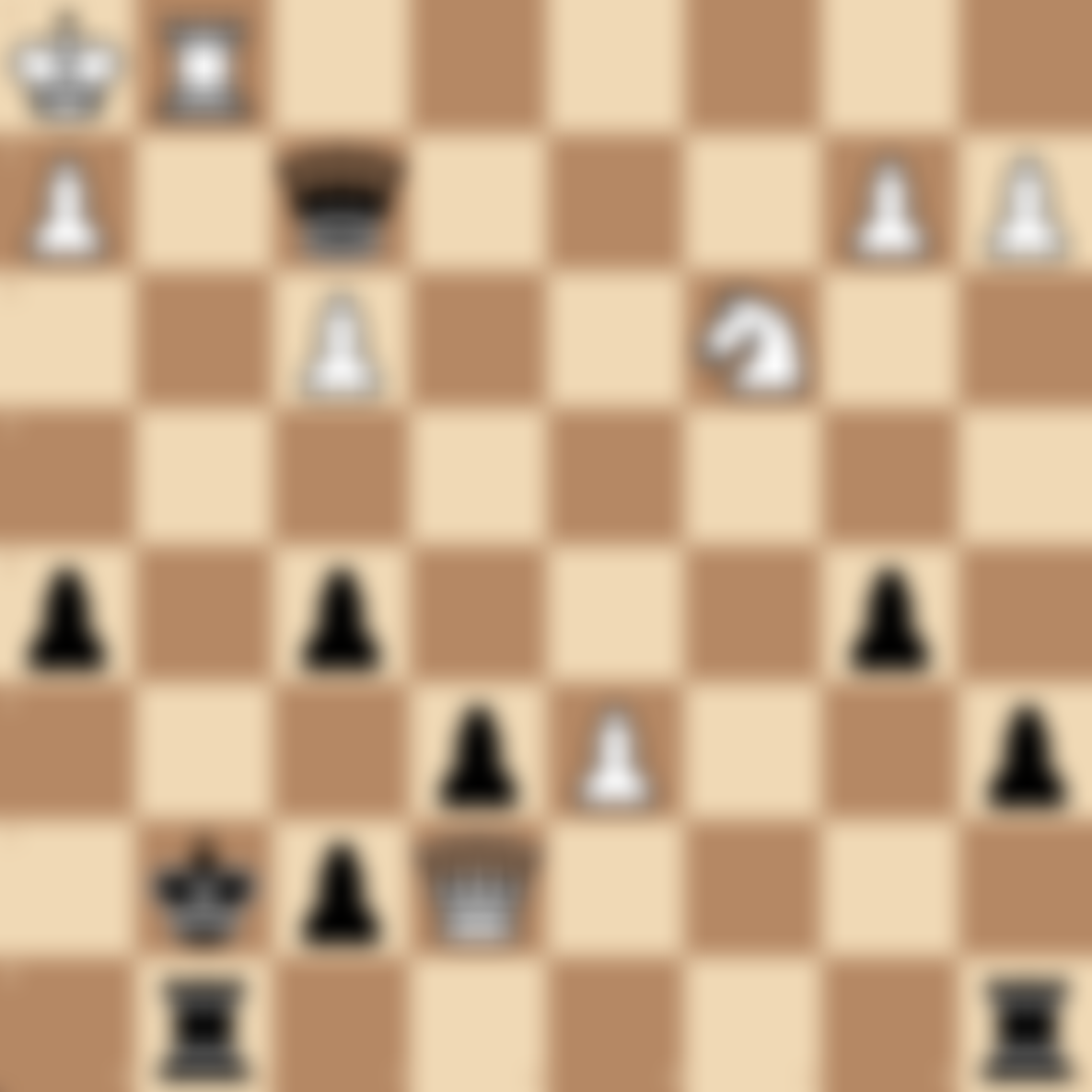The Desperado Tactic in Chess: Maximizing a Doomed Piece
Table of Contents
- Introduction
- What is a Desperado in Chess?
- Recognizing Desperado Opportunities
- Types of Desperado Tactics
- Famous Games Featuring Desperado Moves
- Strategic Considerations for Desperado Tactics
- Defending Against Desperado Moves
- Desperado in Different Game Phases
- Common Mistakes When Using Desperado
- Practice Desperado Puzzles
- FAQs
Introduction
The desperado tactic is a fascinating and often overlooked aspect of chess strategy. At chesspuzzles.io, we've created this comprehensive guide to help you understand, identify, and execute desperado moves effectively. We'll explore the nuances of this tactic, provide examples from famous games, and offer puzzles to sharpen your skills in employing this cunning maneuver.
What is a Desperado in Chess?
A desperado in chess refers to a piece that is doomed to be captured but attempts to inflict maximum damage before its demise. Key features include:
- The piece is inevitably going to be captured
- The player uses this piece to capture an enemy piece, check the king, or create a threat
- The goal is to extract maximum value from a piece that would otherwise be lost for nothing
Desperado tactics are powerful because they:
- Can change the material balance in your favor
- May disrupt the opponent's plans or piece coordination
- Can create unexpected tactical opportunities
Recognizing Desperado Opportunities
Look for desperado opportunities when:
- You have a piece that's about to be captured without compensation
- The doomed piece can capture a piece of equal or greater value
- The desperado move can check the enemy king, potentially gaining tempo
- The move can create a threat that the opponent must respond to
- The desperado can disrupt the opponent's piece coordination
Types of Desperado Tactics
-
Equal Exchange Desperado
- Capturing a piece of equal value to the doomed piece
-
Advantageous Exchange Desperado
- Capturing a piece of greater value than the doomed piece
-
Checking Desperado
- Using the doomed piece to deliver a check, potentially gaining tempo
-
Threat-Creating Desperado
- Using the doomed piece to create a threat that must be addressed
-
Defensive Desperado
- Using the doomed piece to block an attack or protect a key square
Famous Games Featuring Desperado Moves
- Kasparov vs. Shirov, Horgen 1994 (Rook desperado)
- Fischer vs. Larsen, Palma de Mallorca Interzonal 1970 (Bishop desperado)
- Carlsen vs. Karjakin, World Chess Championship 2016, Game 16 (Knight desperado in the tiebreak)
Strategic Considerations for Desperado Tactics
When considering a desperado move, evaluate:
- Material balance: Will the exchange improve your material situation?
- Piece activity: Can the desperado move activate your other pieces?
- King safety: Will the move expose the enemy king or protect your own?
- Pawn structure: Can the desperado affect pawn structure favorably?
- Time: Will the desperado gain tempo or disrupt the opponent's initiative?
Defending Against Desperado Moves
To counter desperado tactics:
- Anticipate potential desperado moves by your opponent
- Consider allowing a piece to remain "hanging" if capturing it leads to a desperado
- Look for in-between moves that negate the effectiveness of the desperado
- Evaluate whether accepting the desperado is actually in your favor
- Maintain good piece coordination to minimize desperado opportunities
Desperado in Different Game Phases
-
Opening
- Rare, but can occur in some sharp, tactical openings
- Often results from a miscalculation or trap
-
Middlegame
- Most common phase for desperado tactics
- Often arises from complex tactical sequences
-
Endgame
- Can be crucial in pawn endgames or rook endgames
- May decide the outcome of a closely fought endgame
Common Mistakes When Using Desperado
- Overlooking a better move in favor of a flashy desperado
- Failing to calculate the full consequences of the desperado move
- Using a desperado when simple defense would be more effective
- Overvaluing the psychological impact of a desperado move
- Neglecting overall strategic considerations in favor of short-term tactics
Practice Desperado Puzzles
Improve your skills with our collection of Desperado puzzles on chesspuzzles.io:
Try our Desperado Tactic Puzzles on chesspuzzles.io now
Challenge yourself with these tactical puzzles designed to enhance your ability to spot and execute desperado moves in various positions.
FAQs
Q: Is a desperado move always the best option when a piece is hanging? A: Not necessarily. While desperado moves can be powerful, sometimes it's better to simply defend the hanging piece or allow it to be captured if doing so leads to a better overall position.
Q: Can desperado tactics be used as a bluffing tool in chess? A: While chess is a game of perfect information, a well-timed desperado can sometimes confuse or pressure an opponent, especially in time trouble. However, against strong, calm opposition, the objective strength of the move is what matters most.
Q: Are some pieces better suited for desperado tactics than others? A: While any piece can be used in a desperado tactic, knights and bishops are often well-suited due to their ability to quickly reach different parts of the board. Rooks and queens can also be effective, especially for checking desperados.
Master the art of the desperado tactic to add a cunning weapon to your chess arsenal! Ready to test your skills? Try our Desperado Tactic Puzzles on chesspuzzles.io now and elevate your tactical prowess to new heights.
